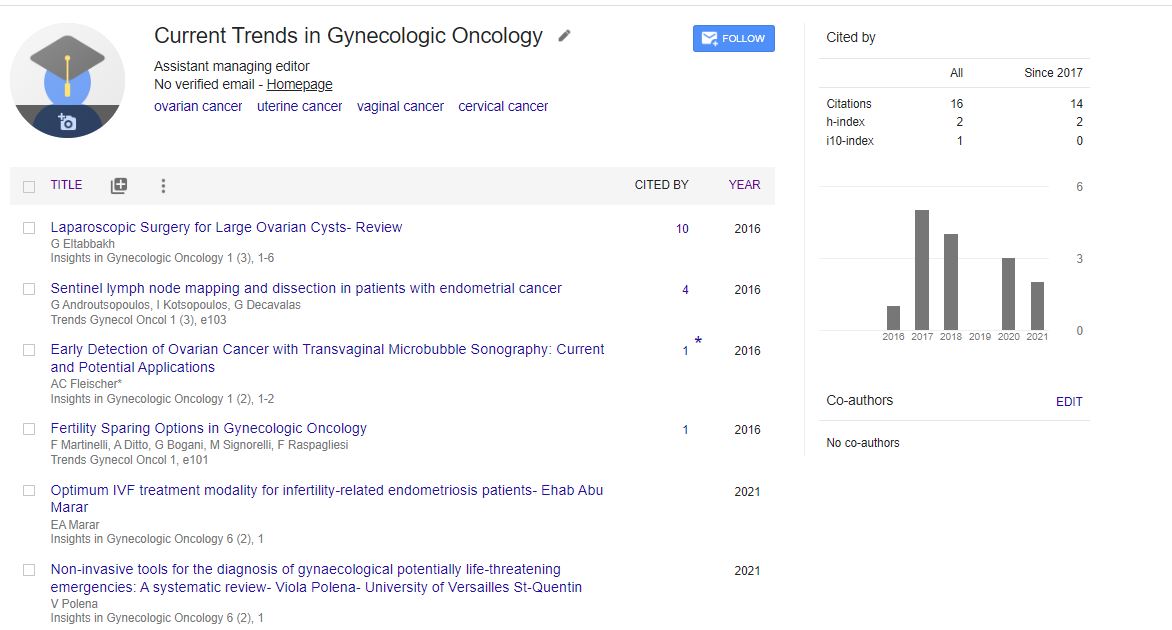Multiregion Sequencing Reveals the Genetic Heterogeneity and Evolutionary History of High Grade Ovarian Carcinoma and Matched Distant Metastases
*Corresponding Author:
Copyright: © 2020 . This is an open-access article distributed under the terms of the Creative Commons Attribution License, which permits unrestricted use, distribution, and reproduction in any medium, provided the original author and source are credited.
Abstract
Background: High-grade serous ovarian carcinoma (HGSOC) is the most frequent type of ovarian carcinoma with poor clinical outcome; patients with metastasis have dismal survival. The complex process of metastasis is becoming more understandable with the use of next generation sequencing. The genomic landscape and pattern of tumor evolution from HGSOC to distant metastasis have not been elucidated.
Methods: In this study, multi-region whole-exome sequencing (WES) was performed on HGSOC primary tumors and their metastases (n=33 tumor regions) from 6 patients to understand the tumor evolution and metastatic dissemination of HGSOC tumors. The resulting catalog of variants was analyzed to explore evolutionary histories and compare the repertoire of events between primary and metastasis.
Results: All 6 cases presented branching evolution patterns in primary HGSOC, with three cases further showing parallel evolution in which different mutations on separate branches of a phylogenetic tree converge on the same gene. Linear metastatic progression was observed in 4/6 cases with late dissemination in which the metastatic tumor mostly acquires the same mutational process active in primary tumor and parallel metastatic progression, with early dissemination in the remaining 2/6 cases. Metastatic specific SNVs were confirmed to be late dissemination events. We also found the involvement of metastatic specific driver events in WNT/β-Catenin pathway. Larger studies utilizing multi-region sequencing in metastatic high-grade serous ovarian cancer cases with matching primary tissues are needed to confirm these observations.
Conclusions: The study provides deeper insights into clonal evolution and mutational processes that can pave the way to new therapeutic targets.

 Spanish
Spanish  Chinese
Chinese  Russian
Russian  German
German  French
French  Japanese
Japanese  Portuguese
Portuguese  Hindi
Hindi 